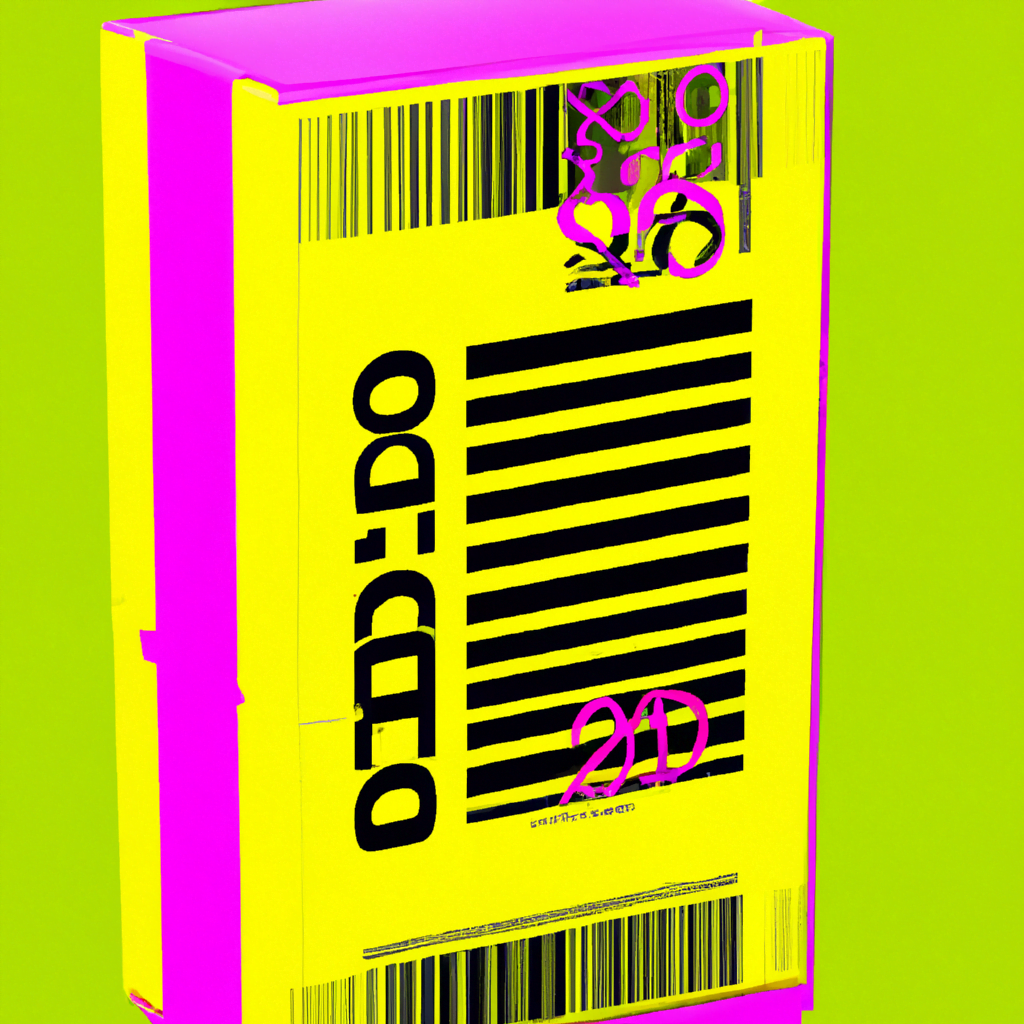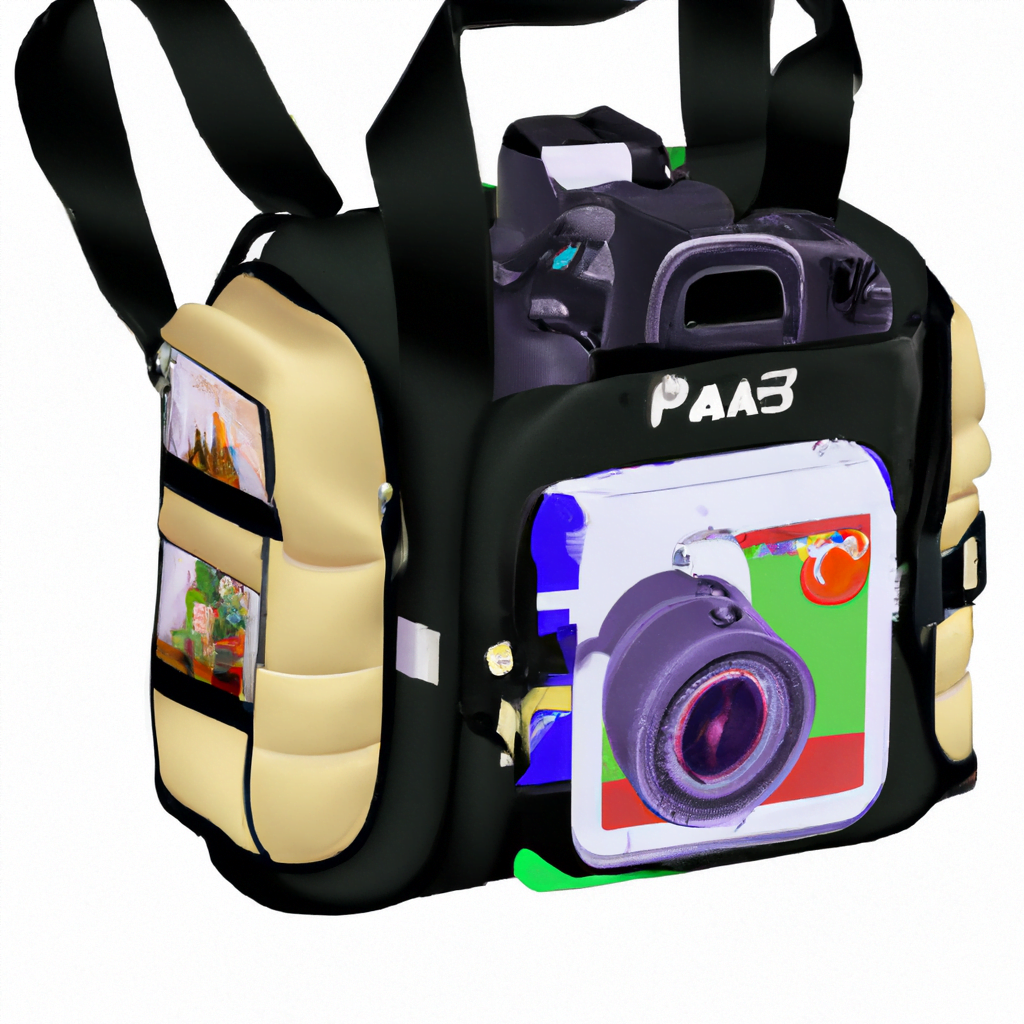
Package Design for Outdoor and Adventure Products

Introduction
When it comes to outdoor and adventure products, the packaging design is just as important as the product itself. The packaging is the first thing that a customer sees when they come across a product, and it can make or break their decision to purchase it. A well-designed package can attract customers and communicate the product’s benefits, while a poorly designed package can turn customers away.
In this article, we will explore the importance of package design for outdoor and adventure products. We will discuss the key elements of effective package design, provide examples of successful package designs, and offer tips for creating a compelling package design for your outdoor and adventure products.
The Importance of Package Design for Outdoor and Adventure Products
The packaging of outdoor and adventure products serves several important functions. Firstly, it protects the product from damage during transportation and storage. Secondly, it provides information about the product, such as its features, benefits, and usage instructions. Finally, it serves as a marketing tool, attracting customers and communicating the product’s value proposition.
In the outdoor and adventure industry, packaging design plays an even more critical role. Outdoor and adventure products are often used in harsh environments, where durability and functionality are essential. The packaging must reflect these qualities and communicate to the customer that the product is reliable and can withstand the rigors of outdoor use.
The Key Elements of Effective Package Design
Effective package design for outdoor and adventure products should incorporate the following key elements:
1. Durability
The packaging for outdoor and adventure products must be durable and able to withstand the elements. It should be made from materials that are resistant to water, dust, and other environmental factors. The packaging should also be able to protect the product from damage during transportation and storage.
2. Functionality
The packaging should be designed with the product’s functionality in mind. For example, if the product is a backpack, the packaging should be designed to allow the customer to try on the backpack and see how it fits. If the product is a tent, the packaging should be designed to show how the tent is set up and taken down.
3. Branding
The packaging should reflect the brand’s identity and values. It should be consistent with the brand’s visual identity, including its logo, colors, and typography. The packaging should also communicate the brand’s values, such as its commitment to sustainability or its focus on innovation.
4. Information
The packaging should provide clear and concise information about the product. This includes its features, benefits, and usage instructions. The packaging should also include any relevant warnings or safety information.
5. Sustainability
Sustainability is becoming an increasingly important consideration in package design. The packaging should be designed with sustainability in mind, using materials that are recyclable or biodegradable. The packaging should also be designed to minimize waste and reduce its environmental impact.
Examples of Successful Package Designs
Here are some examples of successful package designs for outdoor and adventure products:
1. Patagonia
Patagonia is a brand that is known for its commitment to sustainability. Its packaging reflects this commitment, using recycled materials and minimal packaging. The packaging also includes information about the brand’s environmental initiatives, such as its 1% for the Planet program.
2. Yeti
Yeti is a brand that is known for its high-quality coolers and outdoor gear. Its packaging reflects this quality, using durable materials and a minimalist design. The packaging also includes information about the product’s features and benefits, as well as its warranty.
3. Osprey
Osprey is a brand that is known for its backpacks and outdoor gear. Its packaging is designed to allow customers to try on the backpack and see how it fits. The packaging also includes information about the backpack’s features and benefits, as well as its warranty.
Tips for Creating a Compelling Package Design
Here are some tips for creating a compelling package design for your outdoor and adventure products:
1. Know your audience
Before you start designing your package, you need to know your audience. Who are they? What are their needs and preferences? What are their pain points? Understanding your audience will help you design a package that resonates with them and communicates the product’s value proposition.
2. Keep it simple
When it comes to package design, less is often more. A simple, minimalist design can be more effective than a cluttered, busy design. Focus on the key elements of effective package design, such as durability, functionality, branding, information, and sustainability.
3. Use high-quality materials
The materials you use for your packaging can make a big difference in how customers perceive your product. Use high-quality materials that are durable and able to withstand the elements. Consider using sustainable materials, such as recycled or biodegradable materials.
4. Test your design
Before you finalize your package design, test it with your target audience. Get feedback on the design, including its functionality, branding, and information. Use this feedback to refine your design and make it more effective.
Conclusion
Package design is a critical component of the marketing mix for outdoor and adventure products. A well-designed package can attract customers, communicate the product’s benefits, and reflect the brand’s identity and values. Effective package design should incorporate key elements such as durability, functionality, branding, information, and sustainability. By following these tips and examples, you can create a compelling package design that resonates with your target audience and communicates the value of your product.
